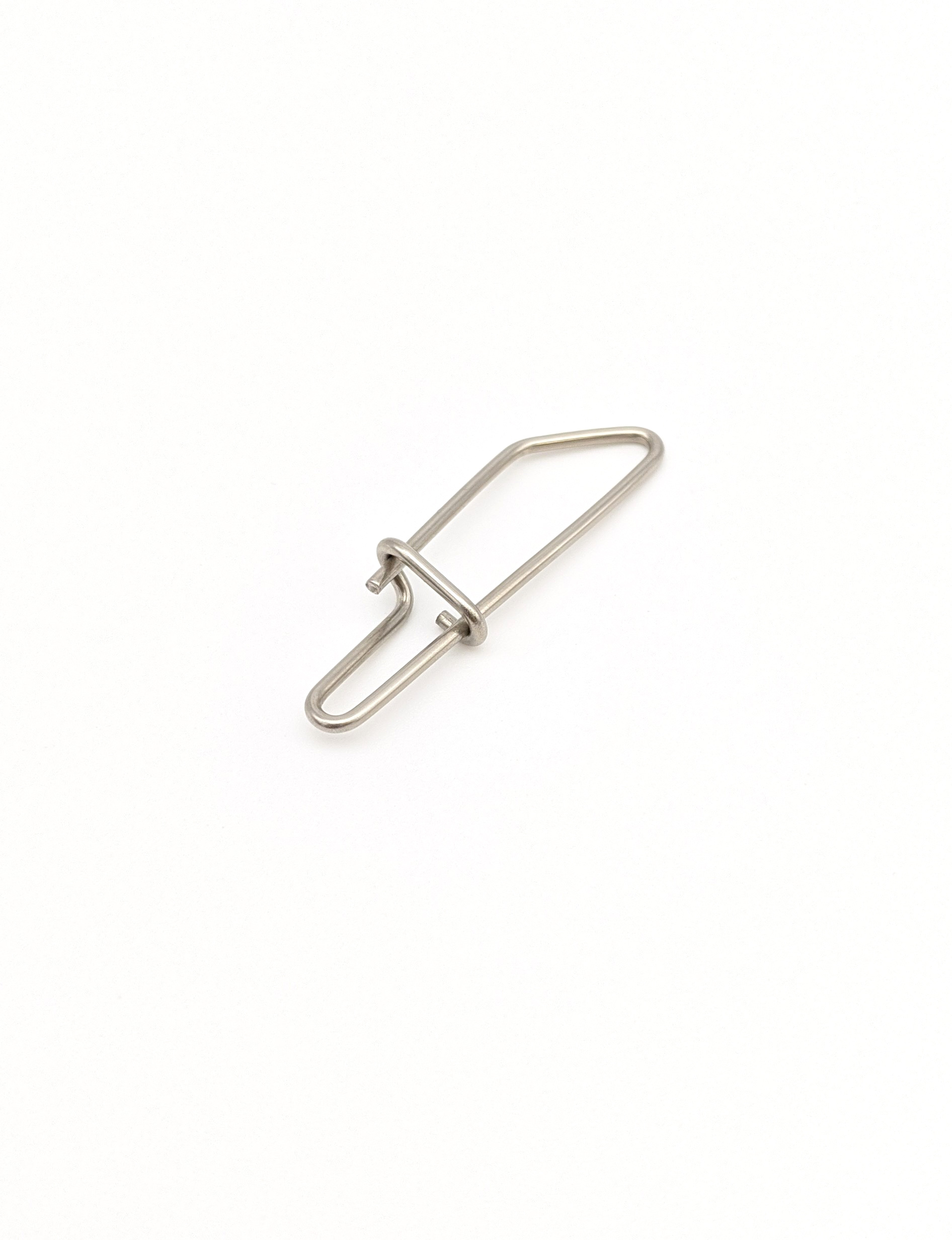Get unique, complex parts easily. No matter your requirements, Chaoyi Spring creates hard-to-produce coil springs and wire forms.
Let us help you create the custom wire form you need, from S-hooks and J-hooks to utility hooks and more.
We work closely with customers across a wide range of industries, helping them design and manufacture made-to-order parts.
Why choose Chaoyi Spring? We prioritize customer-focused collaboration, modern equipment and the latest technology to make your parts per print.
Find the information and guidance you need, from measuring a spring to learning about materials, placing an order and much more.
Have you ever wondered how much force is needed to compress a spring to its maximum limit? Or how much energy is stored within a spring at its maximum compression?


Have you ever wondered how much force is needed to compress a spring to its maximum limit? Or how much energy is stored within a spring at its maximum compression? These are fundamental questions that arise when working with springs, particularly in engineering and physics. Understanding the principles behind spring compression is crucial for designing efficient and safe systems. This article delves into the world of spring formulas, specifically focusing on the concept of maximum compression and the factors that influence it. We will explore the key equations, delve into their derivation, and ultimately aim to provide a comprehensive understanding of how to determine the maximum compression of a spring.

Springs are ubiquitous in our world, from the simple coil springs in pens to the complex suspension systems in vehicles. Their ability to store and release energy makes them indispensable components in various applications. At the heart of spring behavior lies the concept of Hooke's Law, which states that the force required to compress or extend a spring is directly proportional to the displacement from its equilibrium position. This relationship can be mathematically expressed as:
F = -kx
Where:
The negative sign indicates that the force acts in the opposite direction to the displacement. This means that when the spring is compressed, the force acts outwards, and when the spring is stretched, the force acts inwards.
Every spring has a maximum compression limit beyond which it can be permanently deformed or even break. This limit is dictated by the spring's material properties, its geometry, and the applied force. Determining the maximum compression is essential to ensure the safe and reliable operation of any spring-based system.
To calculate the maximum compression, we need to consider the following factors:
The maximum compression of a spring can be calculated using the following formula:
x_max = (F_max / k)
Where:
Determining the maximum compression of a spring is essential for various engineering applications. Here are some examples:
While the formula for maximum compression provides a theoretical framework for understanding spring behavior, it's essential to remember that real-world applications involve a multitude of factors. Factors such as fatigue, temperature fluctuations, and manufacturing tolerances can impact a spring's performance and longevity. Therefore, it's crucial to consider these factors alongside the theoretical calculations to ensure a robust and reliable design.
In conclusion, understanding the principles of spring compression and the factors influencing maximum compression is paramount for engineers and physicists alike. By carefully considering the spring constant, yield strength, geometry, and safety factors, we can ensure the safe and efficient operation of spring-based systems in a wide range of applications.
The maximum compression of a spring is a crucial parameter in many engineering applications. Understanding the factors that influence this limit and utilizing the appropriate formulas allows us to design robust and reliable systems. By considering the spring constant, yield strength, geometry, and safety factors, we can ensure that our spring-based designs meet the required performance standards and avoid premature failure. This knowledge is vital for ensuring the safety and functionality of various mechanical systems, from automotive suspensions to industrial machinery.
Browse some of the custom wire forms and springs that we manufacture. Don’t see what you need? We specialize in made-to-order products that meet your application requirements.
Visit Our GalleryNeed a custom wire form or coil spring? We make it work. Fill out the contact form and a representative will respond within 1 business day. If you have a PDF or CAD file, you can submit to request a quote.